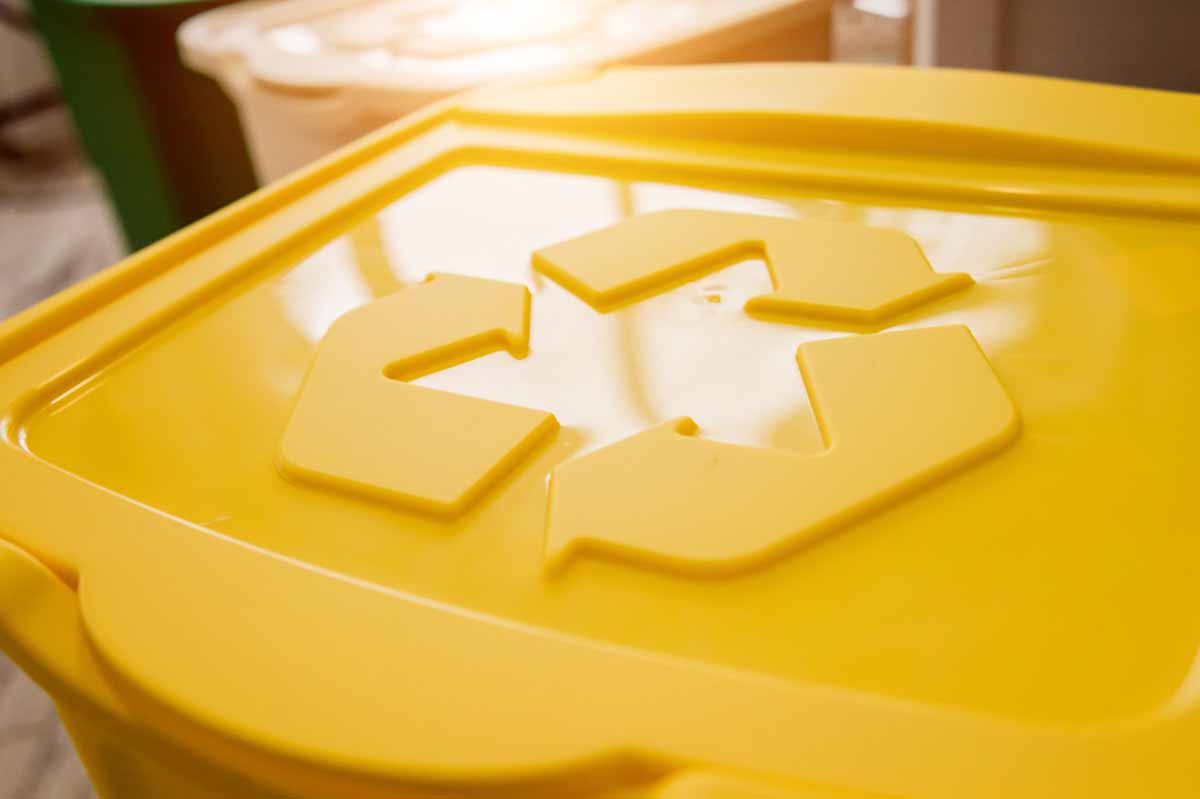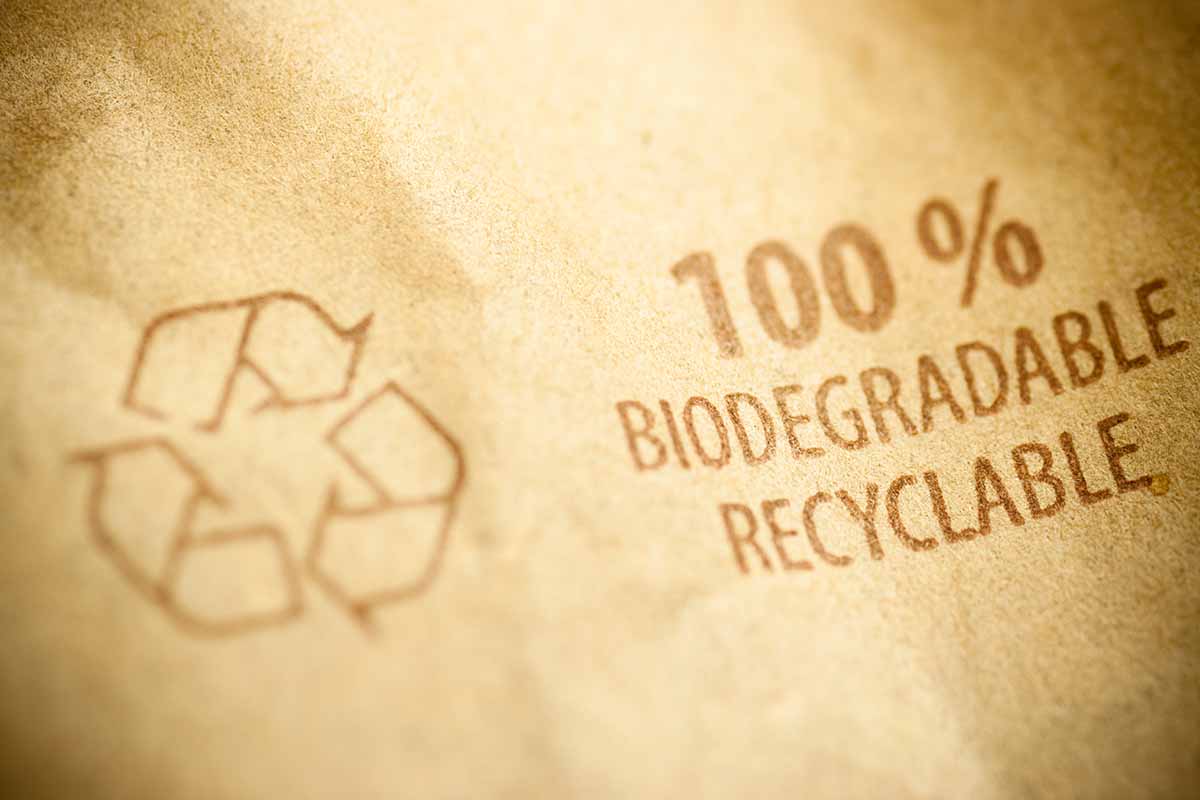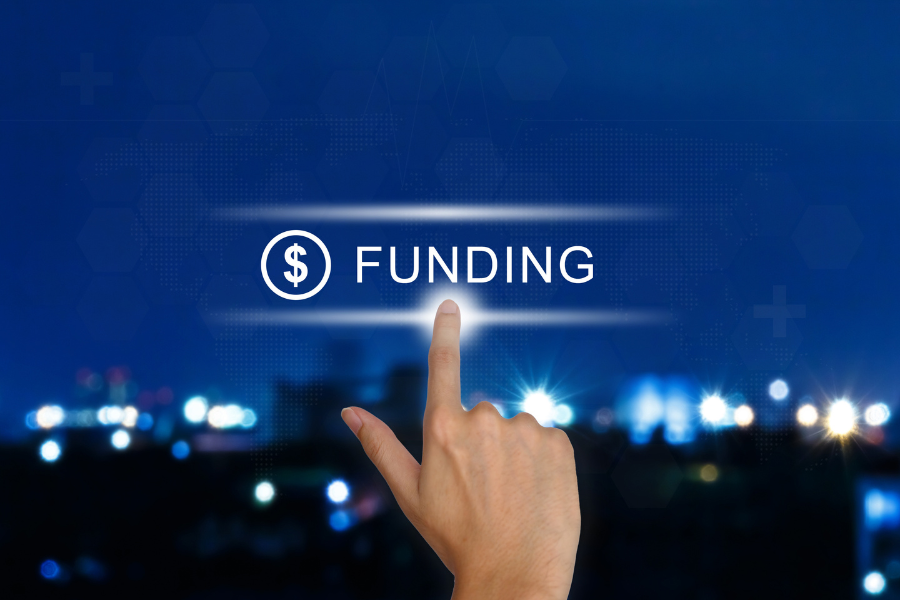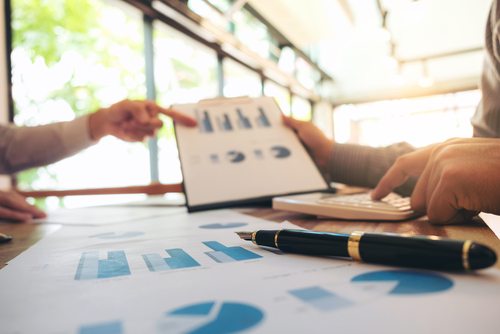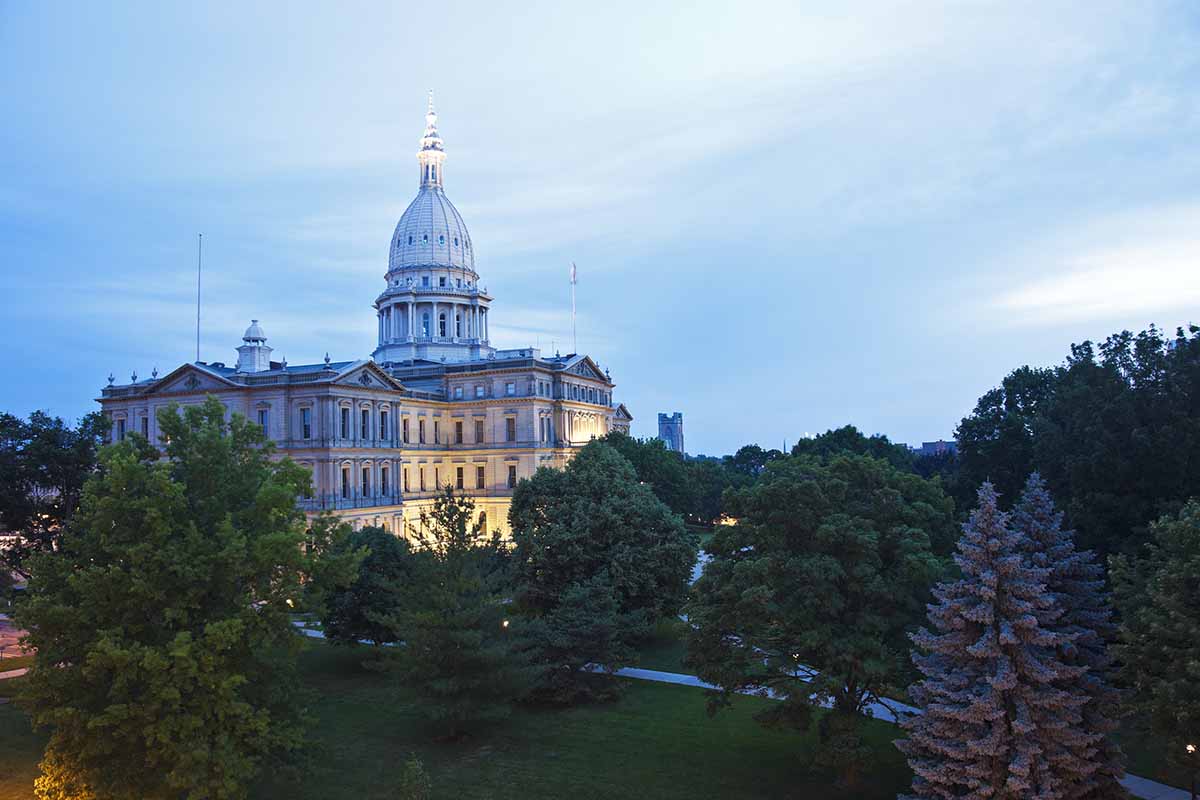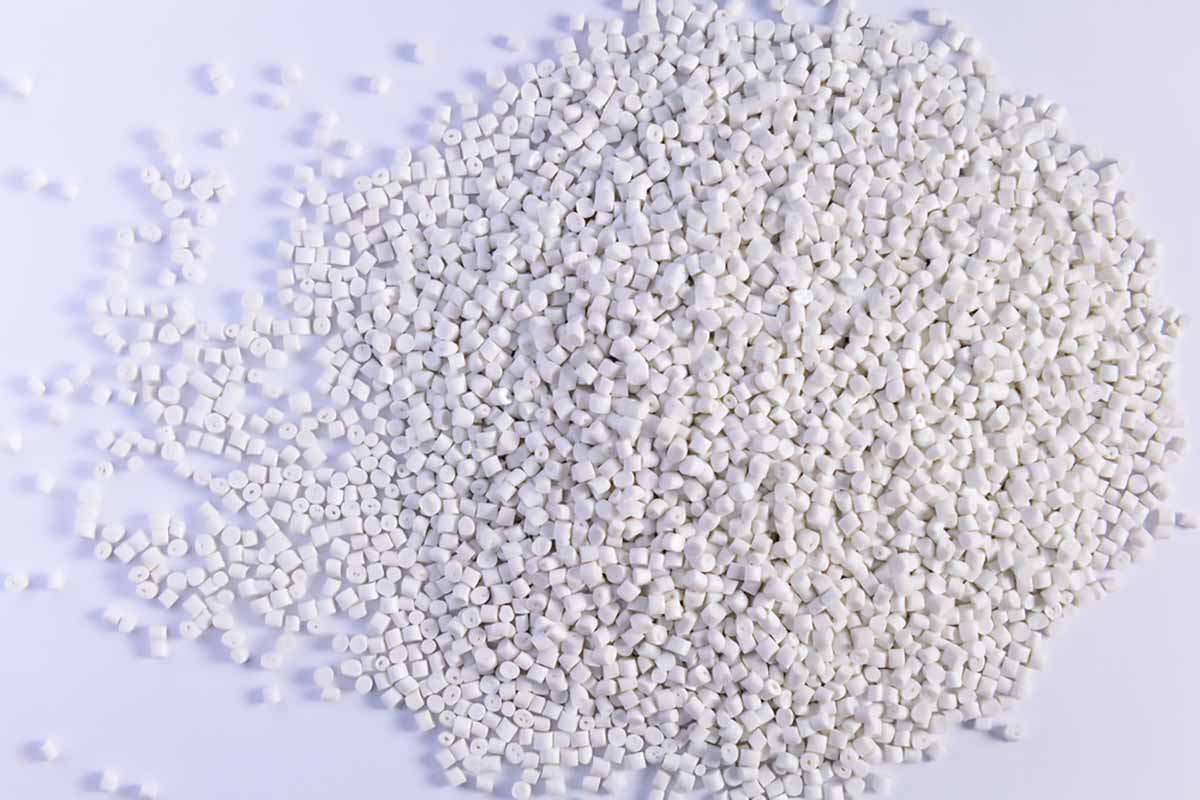
A shuttered film processing facility once owned by Myplas is set to be revived by GDB International. | Saravutpics/Shutterstock
A Minnesota plastic film processing facility that experienced a high-profile failure early this year will reopen with longtime plastics recycling company GDB International at the reins. Continue Reading




